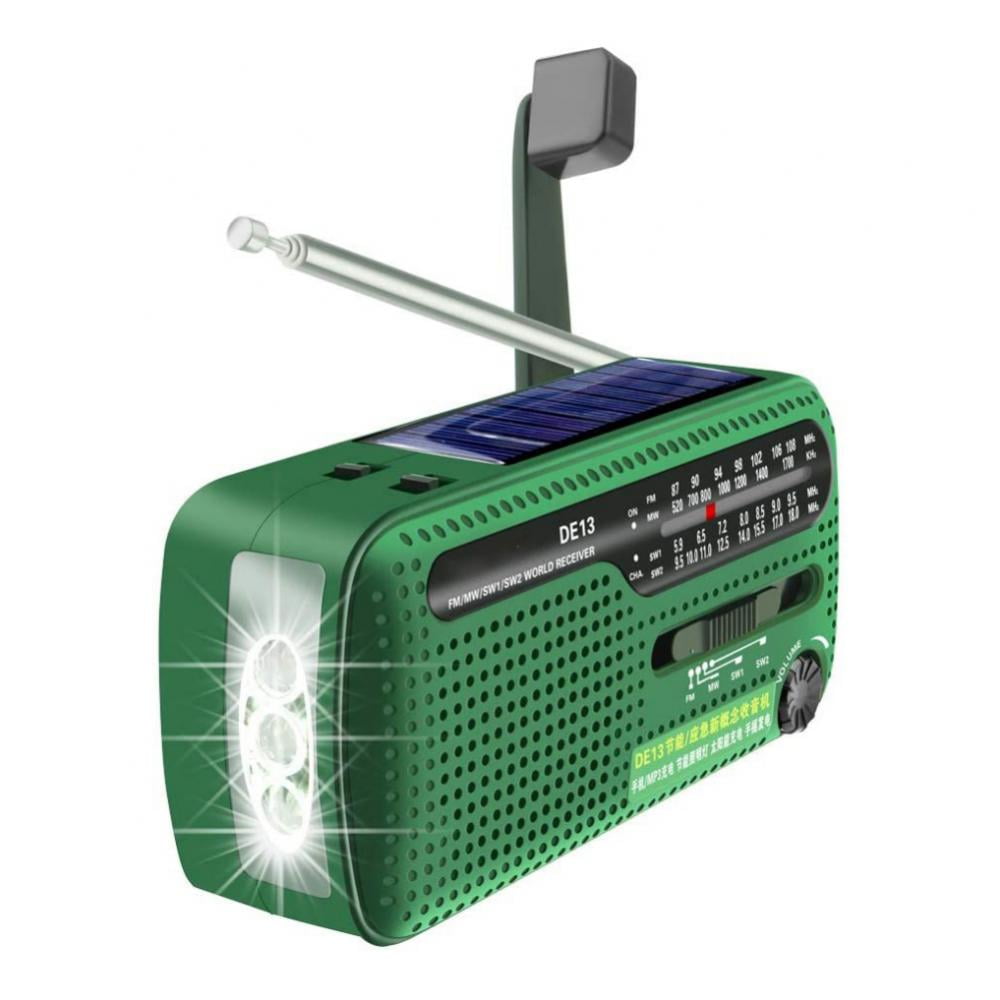


Both were services available by coin-operated receivers at hotels and cafés, or by subscription to private homes. This two-channel telephonic process was commercialized in France from 1890 to 1932 as the Théâtrophone, and in England from 1895 to 1925 as the Electrophone.

This phenomenon is very curious, it approximates to the theory of binauricular audition, and has never been applied, we believe, before to produce this remarkable illusion to which may almost be given the name of auditive perspective." "Every one who has been fortunate enough to hear the telephones at the Palais de l'Industrie has remarked that, in listening with both ears at the two telephones, the sound takes a special character of relief and localization which a single receiver cannot produce.
Rca fm stereo generator series#
"Wandering Dragon Plays with Phoenix" Part One of Twelve, possibly the earliest "accidental stereo", made as a field recording by Berthold Laufer for Franz Boaz in 1901Ĭlément Ader demonstrated the first two-channel audio system in Paris in 1881, with a series of telephone transmitters connected from the stage of the Paris Opera to a suite of rooms at the Paris Electrical Exhibition, where listeners could hear a live transmission of performances through receivers for each ear. This phenomenon is known as phase cancellation. Since each microphone records each wavefront at a slightly different time, the wavefronts are out of phase as a result, constructive and destructive interference can occur if both tracks are played back on the same speaker. Stereo recordings often cannot be played on monaural systems without a significant loss of fidelity. During playback, the listener's brain uses those subtle differences in timing and sound level to triangulate the positions of the recorded objects. The two recorded channels will be similar, but each will have distinct time-of-arrival and sound-pressure-level information. In technical usage, true stereo means sound recording and sound reproduction that uses stereographic projection to encode the relative positions of objects and events recorded.ĭuring two-channel stereo recording, two microphones are placed in strategically chosen locations relative to the sound source, with both recording simultaneously. By combining multiple "pan-potted" mono signals together, a complete, yet entirely artificial, sound field can be created. The control which is used to vary this relative amplitude of the signal is known as a "pan-pot" (panoramic potentiometer). By varying the relative amplitude of the signal sent to each speaker an artificial direction (relative to the listener) can be suggested. Secondly "artificial" or "pan-pot" stereo, in which a single-channel (mono) sound is reproduced over multiple loudspeakers. The signal is then reproduced over multiple loudspeakers to recreate, as closely as possible, the live sound. Stereo sound systems can be divided into two forms: the first is "true" or "natural" stereo in which a live sound is captured, with any natural reverberation or ambience present, by an array of microphones. Two microphones set up to record a piano simultaneously, which creates a stereo sound The word stereophonic derives from the Greek στερεός ( stereós, "firm, solid") + φωνή ( phōnḗ, "sound, tone, voice") and it was coined in 1927 by Western Electric, by analogy with the word " stereoscopic". 9.4 Near-coincident technique: mixed stereophony.9.3 M/S technique: mid/side stereophony.9.2 X-Y technique: intensity stereophony.9.1 A-B technique: time-of-arrival stereophony.5.2 Two-channel high fidelity and other experiments.


 0 kommentar(er)
0 kommentar(er)
